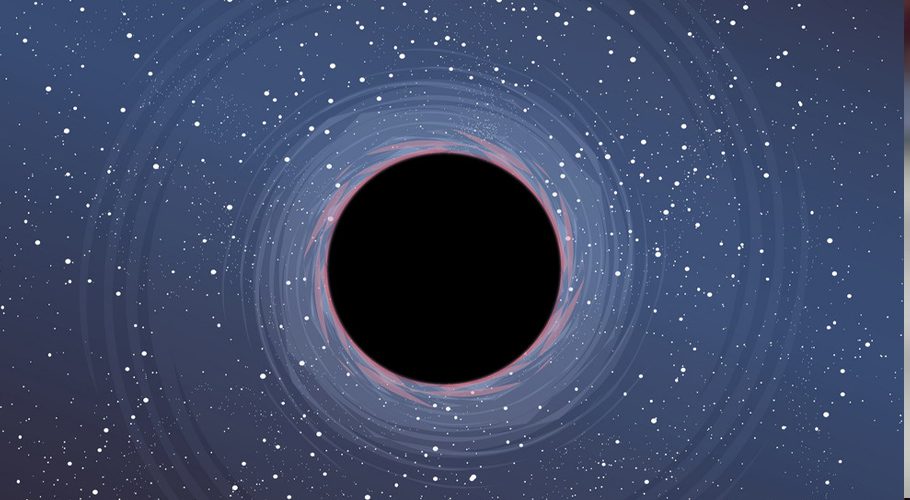Scientists have discovered somewhat smaller black hole lurking next to a star in the constellation Ophiuchus, about 1,600 light-years away. It’s now believed to be the closest-known back hole to Earth.
The densest things in our universe are black holes. Small stellar-mass black holes and supermassive black holes at the centers of galaxies both have gravitational fields that are so strong that not even light photons can escape from their event horizons.
Gaia BH1 is the name of a newly found black hole that is three times closer to Earth than the previous record holder. This week, information regarding its discovery and the Sun-like star surrounding it was made public in the Monthly Notices of the Royal Astronomical Society.
The object was discovered using the Gemini North telescope in Hawaii, part of the International Gemini Observatory, in conjunction with data from the ESA’s Gaia spacecraft. The Gaia data suggested the star’s motion was slightly strange for a single object; it appeared as if the gravity of a massive object were affecting its motion.
Follow-up observations by Gemini North were done to determine the precise orbital period of the companion star, helping the team better estimate the mass of the unseen object.
Remember that a light-year is equal to around 6 trillion miles, therefore the closest black hole is only comparatively close at 1,600 light-years away. Voyager, the longest-distance space project ever launched by humanity, has been hurtling away from Earth for 50 years and is now just under 15 billion miles distant. The distance between Earth and the nearest star system, Alpha Centauri, is 4.24 light-years.
Because light cannot escape black holes, they are most easily seen when they’re surrounded by superheated material they’ve accreted; such is the case for the black hole at the center of Messier 87 and Sagittarius A*, the black hole at the center of the Milky Way. Both of these black holes were imaged by the Event Horizon Telescope Collaboration, thanks to the warm glow of matter that allows you to see where the black hole lurks.
Black holes are much harder to spot when they’re not actively feeding; that is, when they aren’t accreting matter, superheating it, and releasing X-rays in the process. Such is the case with Gaia BH1, which is invisible except for its gravitational effects on the star.



































